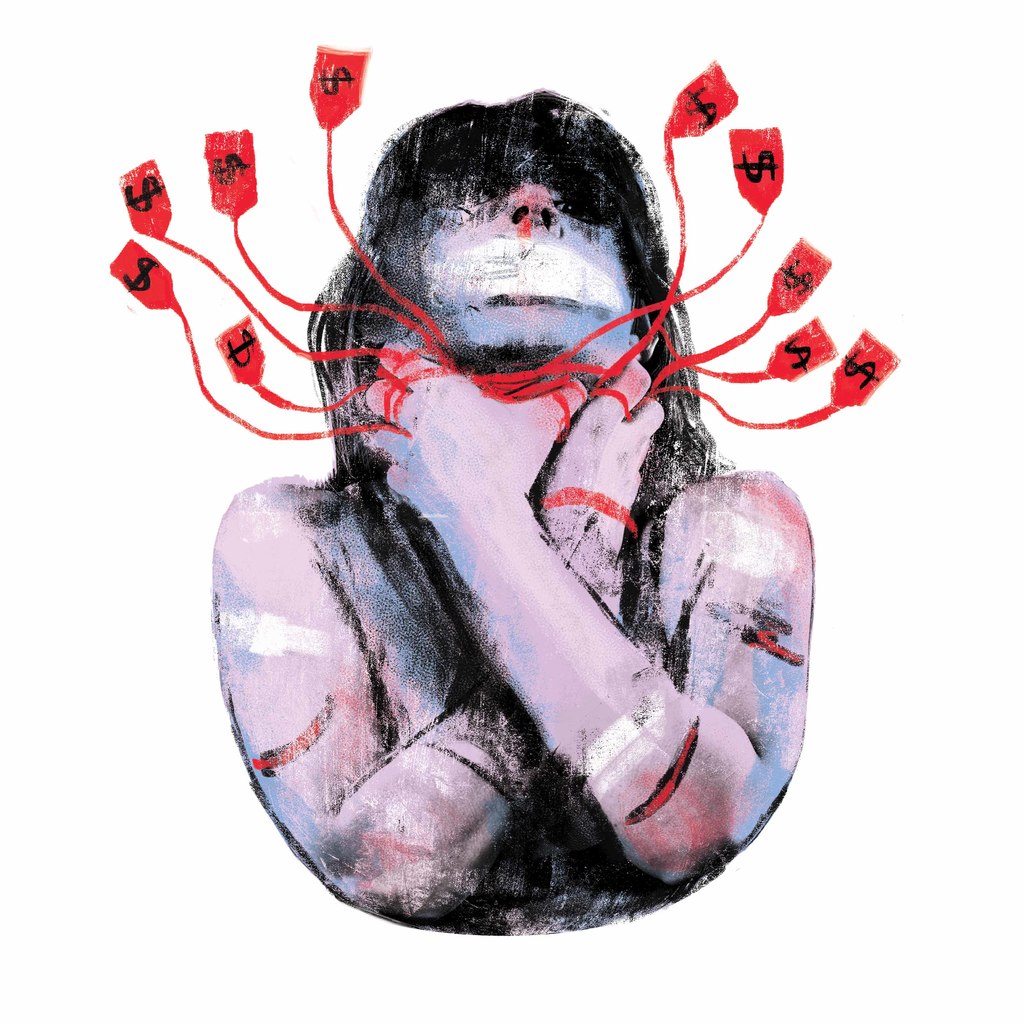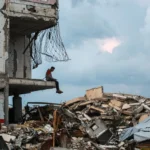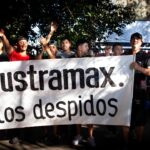
The boy from Corrientes who disappeared on June 13 joins a long list of cases such as that of Sofia Herrera, last seen in Tierra del Fuego in 2008, or that of Guadalupe Lucero, who disappeared in 2021 in the province of San Luis. Girls, boys and adolescents who, to date, remain missing.
In Argentina, the Missing Children organization records Currently more than 100 children and adolescents are missingAna Rosa Llobet, from Missing Children Argentina, said on the radio: “They are boys and girls that we are looking for, about 40 disappeared when they were minors and now they are adults, they went missing 5, 10 and even 20 years ago.”
Alarms and protocols that are not implemented in time, police corruption, political and judicial complicity, and a series of State violations that are repeated incessantly.
Numbers that speak: Trafficking of children and adolescents in Argentina
According to official data from the Public Prosecutor’s Office, Line 145, which operates to receive information, request assistance and report cases of human trafficking and exploitation, received 1,804 complaints during 2023, where In 34.9% of cases, children and adolescents (NNYA) were involved. In addition, they report that 798 complaints correspond to crimes of sexual exploitation, while 429 are of labor exploitation.
In turn, the Office of the Prosecutor for Trafficking and Exploitation of Persons (PROTEX) indicates that, of the sentences recorded for cases of human trafficking, 11.9% of the victims are children and/or adolescents.
Regarding the type of exploitation, PROTEX reports that 65.1% were victims of sex trafficking98.7% being women, of which 163 are girls and adolescents. 34.2% were victims of labor trafficking, at least 14.5% of these were children and/or adolescents.
For its part, the National Program for the Rescue and Support of People Affected by the Crime of Trafficking, of the Ministry of Justice and Human Rights, published that, from January to November 2023, They had intervention with 73 children and adolescentsout of a total of 1,609 people accompanied.

But… what is human trafficking?
In 2002, our country ratified the Palermo Protocol, where in its Article 3, human trafficking is defined:
“Human trafficking shall be understood as: recruitment, transportation, transfer, reception or the receipt of persons, by means of the threat or use of force or other forms of coercion, abduction, fraud, deception, abuse of power or a position of vulnerability or the giving or receiving of payments or benefits to obtain the consent of a person having control over another person, with exploitation purposes. Such exploitation shall include, as a minimum, the exploitation of the prostitution of others or other forms of sexual exploitation, forced labour or services, slavery or practices similar to slavery, servitude or the removal of organs. (…) The recruitment, transportation, transfer or receipt of a child for the purpose of exploitation shall be considered “trafficking in persons” even if none of the above-mentioned means are used.”
That is to say, the definition of international consensus establishes:
In our country, the main areas where “recruitments” or “captures” occur are the provinces of the NOA and NEA: Jujuy, Salta, Tucumán, Catamarca, Misiones, Formosa and Corrientes. From these provinces, most of the victims were transferred to the Autonomous City of Buenos Aires, or the Greater Buenos Aires area.
Necessary participants
Without the complicity of the repressive forces, public officials, and judicial agents who participate, permit, cover up, and so much more, these acts cannot be carried out. They sustain a business that brings in, in the world, more than 32 billion dollars per year (ILO).
We can mention, a Mayor from the province of La Pampa who was sentenced to 5 years in prison for being a necessary participant in a trafficking network that operated in the town of 25 de Mayo, or the prosecution of at least three policemen from the southern area of Greater Buenos Aires accused of running brothels, or a case that was opportunely initiated against the top brass of the police station No. 38, for protecting brothels in the Flores area. The list goes on and is shocking, it does not distinguish rank or scale, police officers, commissioners, politicians, mayors, judges, businessmen.
They know the transportation routes, how victims are captured, where brothels, clandestine workshops and camps are located, where thousands of people are exploited day after day.
Bodies as commodities
Economic and social changes, a product of the expansion of capitalism, affect the lives of families and the children and adolescents who are part of them. Not only relationships are commodified, to the point of considering people as objects and commodities that can be exploited and marketed, but also deepens inequality and poverty.
The physical and psychological damage suffered by children and adolescents who are victims of trafficking is often irreversible, affecting their self-esteem, making them prone to serious illnesses and serious difficulties in relating to their environment. It destroys their subjectivity and the way they perceive themselves.
The ILO, in a report published in 2022, indicates that “a total of 3.31 million children are victims of forced labourwhich represents around 12 percent of all people in situations of forced labor.” Children and adolescents who are labor supplied by trafficking networks, through the worst forms of abuse.
The international organization adds, “poverty in itself does not lead to a person being a victim of trafficking; rather, an added factor [pobreza +]like illness, is combined with this and intensifies vulnerability.” Furthermore, the lack of educational continuity transforms adolescents into an available workforce, and places them in the “sights” for “new opportunities” to be offered to them. (ILO, 2009)
The lack of investment in health, education, child labor, high living conditions, and difficulty in accessing basic services. As well as the continuous and prolonged institutional neglect, with the lack of funding for programs, the dismissal of professionals from specialized teams, and difficulty in accessing programs and services, among other factors, create the conditions for large vulnerable sectors to be exposed to capitalist businesses, such as human trafficking, the sale of organs, and all kinds of exploitation.
With a 69% of children and adolescents live in povertywhose households do not have enough income to cover basic needs, a 12.4% drop in wages With the real losses of all workers, a deepening of the adjustment with rate increases, devaluation, liberalisation of rents and a declining economy, the situation of the poorest families becomes dramatic. In this way, the conditions are created that favour these aberrant crimes and offences where children and adolescents are most exposed, in a problem that is not only local, but international, and that has its roots in a system that commodifies everything, including bodies.
Children affected by these forms of slavery reveal the need to question our social foundations. It is unjustifiable to continue supporting a system that allows and perpetuates the worst atrocities against children and adolescents. We, the workers, are the ones who have the possibility of turning everything around.
Source: www.laizquierdadiario.com

